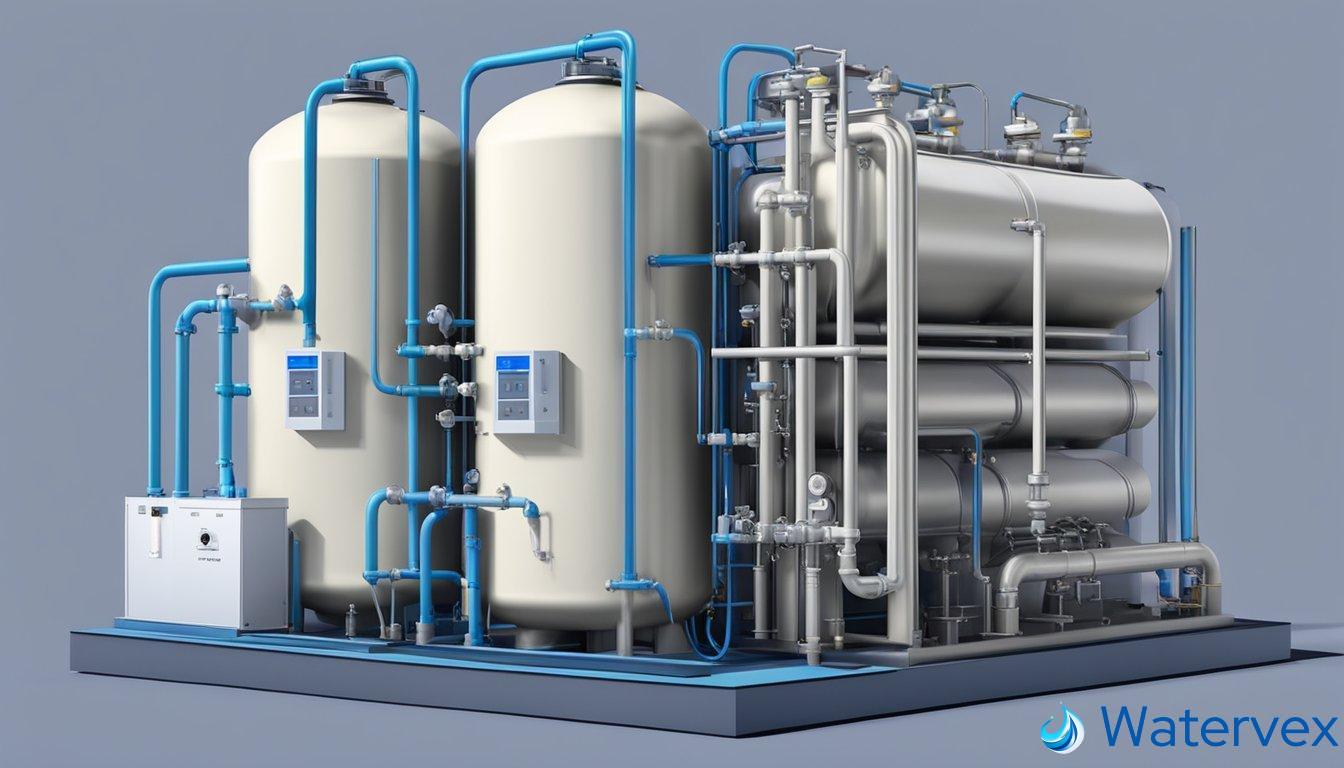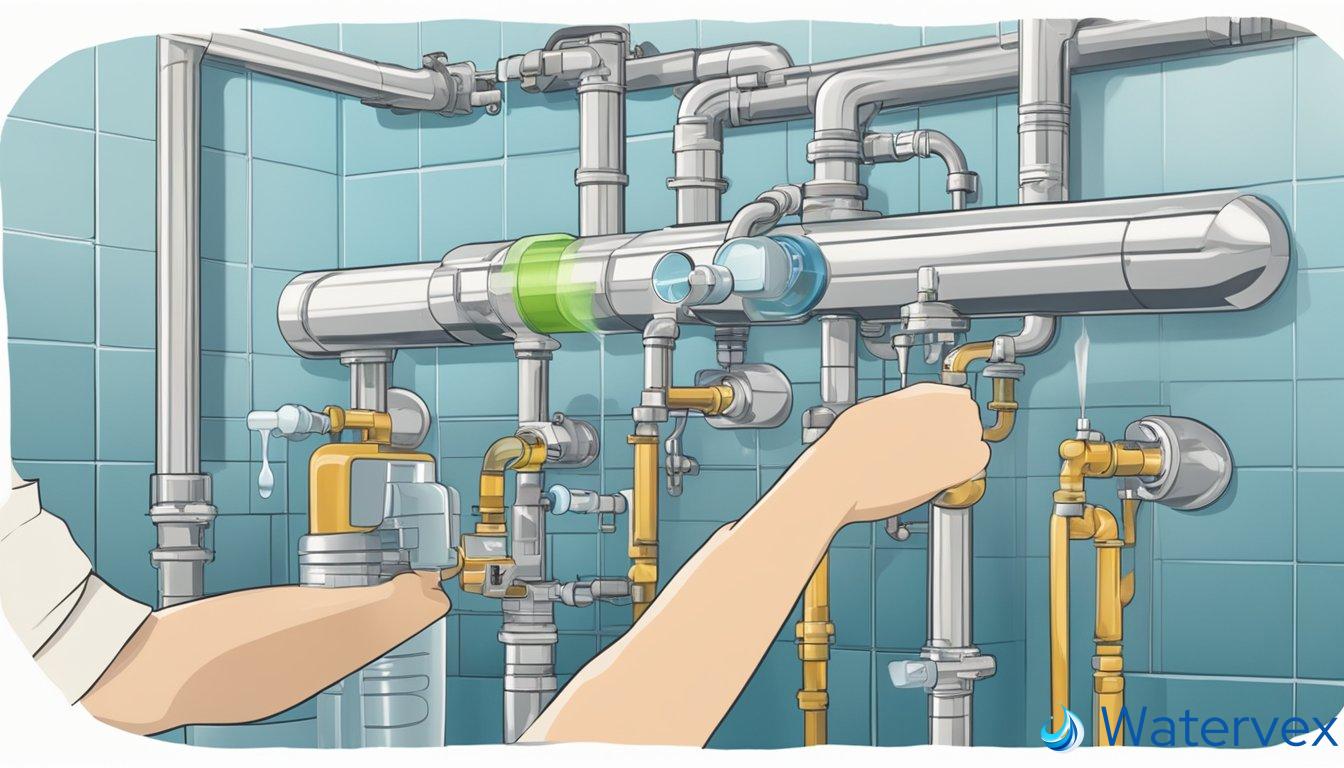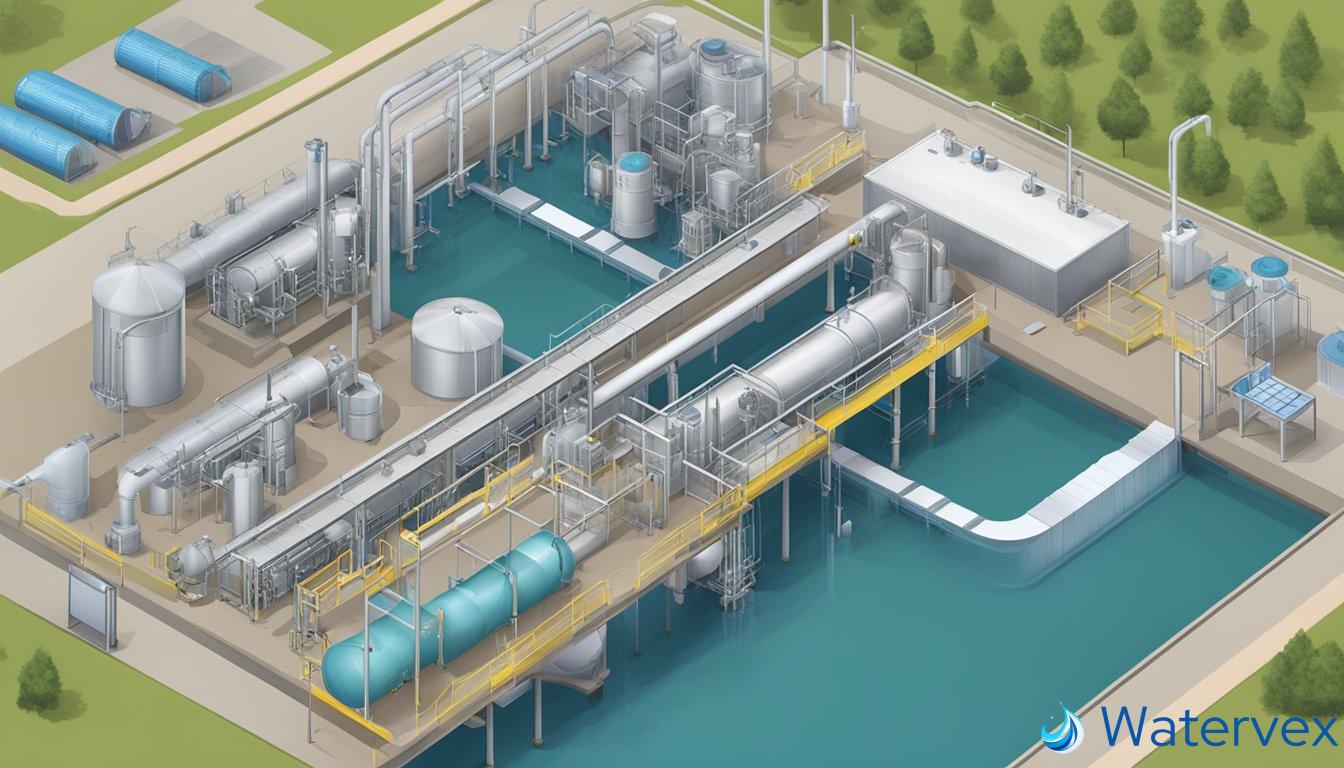Water quality affects every aspect of your life, from the health of your family to the longevity of your appliances. Finding effective, chemical-free water treatment options can be essential for your household’s overall wellbeing. While commercial water softeners and purifiers are widely available, they can be costly and involve the use of chemicals. However, you might not be aware that there are support systems and methods for water management that can mitigate these issues without breaking the bank.

Implementing no-cost water treatment solutions can require a bit of creativity and a proactive approach to water management. It’s important to verify that these methods meet regulation and safety standards to ensure they are effective and safe for household use. Let’s dive into some practical advice on how you can address your water treatment needs in a way that is both cost-effective and health-conscious.
Key Takeaways
- Exploring chemical-free water treatment options can be beneficial for both your health and appliances.
- Practical, no-cost solutions are available for effective water management.
- Ensure your chosen method adheres to safety standards for optimal results.
Options for No-Cost Water Treatment

In exploring no-cost solutions for water treatment, you might be surprised to learn about the innovative and cost-effective methods available. These options, often overlooked, can be quite effective and accessible.
DIY Water Purification Techniques
Sometimes the most effective tools are right in your home or backyard. Using basic materials like sand, gravel, cloth, and sunlight, you can create a rudimentary but effective water filtration system. For instance, a simple setup involves layers of sand and gravel that filter out particulates, while a clear bottle left in direct sunlight uses the UV rays to kill microbes. This process, known as SODIS (solar water disinfection), achieves chemical-free water treatment through time and nature’s own resources.
Community Resources for Complimentary Services
In many cases, local organizations or research institutes offer free water testing and treatment services to communities. These entities can provide vital information on how to design and maintain home-based treatment systems, drawing upon extensive research and design. By partnering with these groups, you gain access to expertise and possibly even materials for treating your water at no cost. Keep a lookout for local workshops or land conservation groups; they often conduct educational initiatives to improve water quality in their area.
Implementation at Household Level

When you’re considering free water treatment methods, it’s essential to identify your specific needs and understand the variety of systems you can implement right at home. Equipping yourself with knowledge on DIY systems and tapping into community support programs will empower you to enhance your water quality efficiently.
Understanding Water Treatment Needs
Before you start, assess the water quality in your household. If you’re dealing with high levels of iron or lead, for example, the treatment methods will differ from those needed for dust or basic chemical purification. Age of your plumbing can also affect water quality, so consider this in your evaluation. Dual testing—using both DIY kits and professional assessments—provides a robust understanding of your water treatment requirements.
Design and Operation of DIY Systems
Creating an effective water treatment system doesn’t have to break the bank. Simple filtration systems, using materials like sand and charcoal, can remove contaminants such as dust and some chemicals. For removal of iron and lead, more advanced setups may include oxidation filters or ion exchange solutions. While designing your system, pay close attention to the operation and monitoring process to ensure effectiveness over time.
- Gather materials: sand, charcoal, containers
- Assemble layers: coarse to fine mediums
- Regularly monitor: Clear out the filtered materials and replace as necessary.
Remember: safety comes first. If you’re unsure about how to handle certain chemicals during the filtration process, seek professional guidance.
Enrollment in Community Support Programs
You needn’t tackle water treatment alone. Many communities offer support programs to educate and provide resources for DIY water treatment. These programs may offer classes on building custom systems, understanding the types of contaminants, and methods for effective monitoring. To enroll:
- Search for local programs.
- Contact them to express your interest.
- Attend workshops and gather resources.
These programs are not only technical missions; they are social engagements, meaning you’ll find community support throughout your water treatment journey. Connecting with neighbors facing similar issues can be a valuable source of advice and encouragement.
Implementing free water treatment solutions at the household level is a proactive step you can take to ensure the safety and quality of your water. With careful consideration, a bit of hands-on work, and community support, it’s entirely possible to improve your water without a considerable investment.
Regulation and Safety Standards

When you’re considering free water treatment options, it’s vital to understand the regulation and safety standards that ensure your drinking water is safe. The Environmental Protection Agency (EPA) stipulates guidelines for both drinking water and wastewater treatment to protect human health.
Drinking Water: The Safe Drinking Water Act (SDWA) empowers the EPA to set legal limits on over 90 contaminants in drinking water. This includes rigorous testing schedules and methods that your local water systems must adhere to. Learn about these Drinking Water Regulations.
Wastewater Treatment: The EPA also mandates the treatment of wastewater before it’s released back into the environment, protecting water quality and human health.
In terms of free water treatment, educational case studies can shed light on effective practices. For example, laboratories and labs that work in conjunction with local treatment facilities may offer insights into emerging technologies for purifying water without charge.
Now, when you’re thinking about safety, don’t overlook the terms of use of any free treatment service. Always ensure these services are in line with EPA’s guidelines. Should any ARDS (acute respiratory distress syndrome) or ICU instances be linked to the water quality, these documents can be crucial for understanding liability and recourse.
Stay informed about the safety standards and regulations of your local water systems. If they offer free treatment options, they are still bound by these standards to ensure the water is safe for consumption. This remains true whether dealing with tap water headed for your glass or wastewater that’s being returned to the environment.

